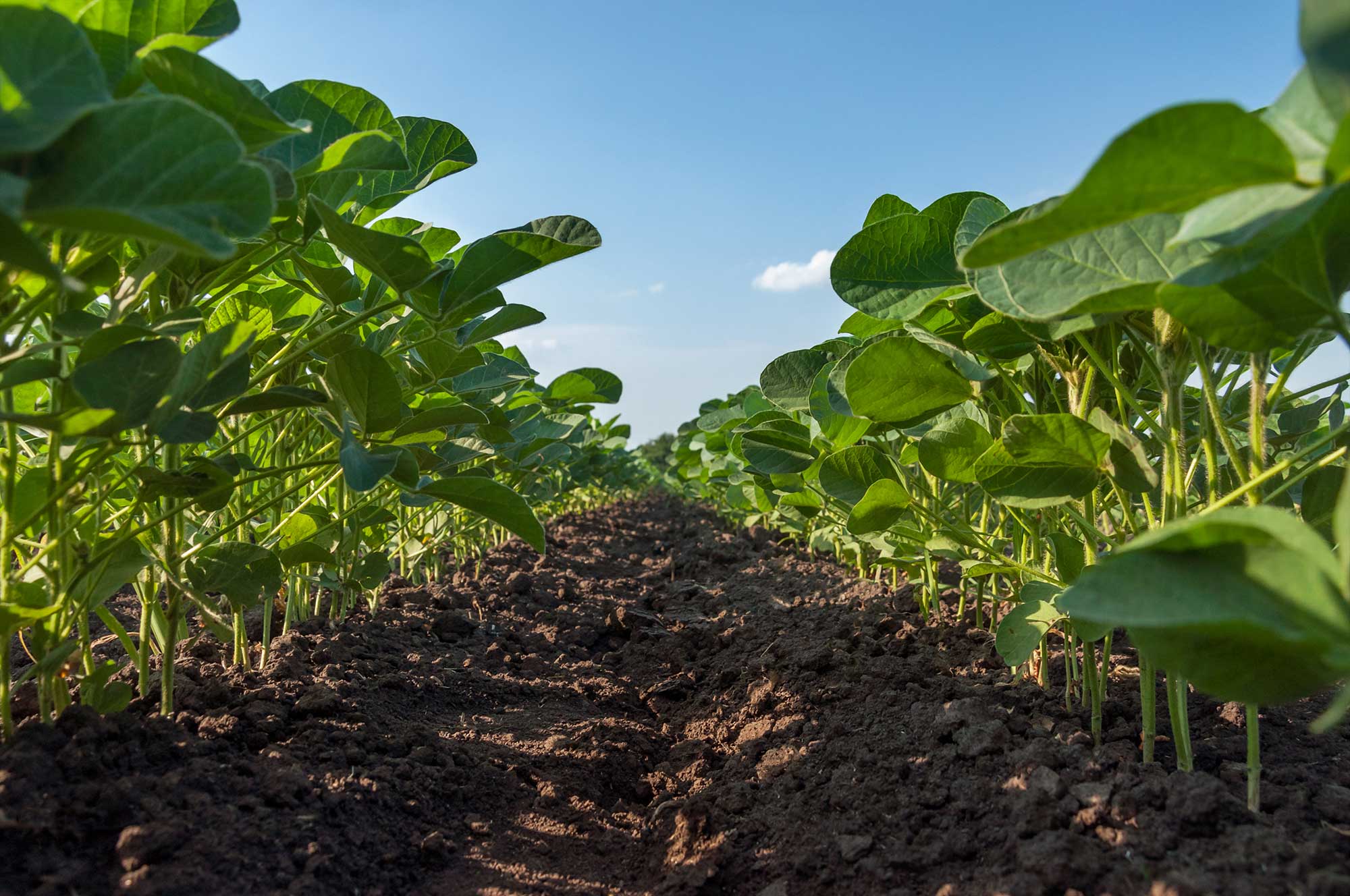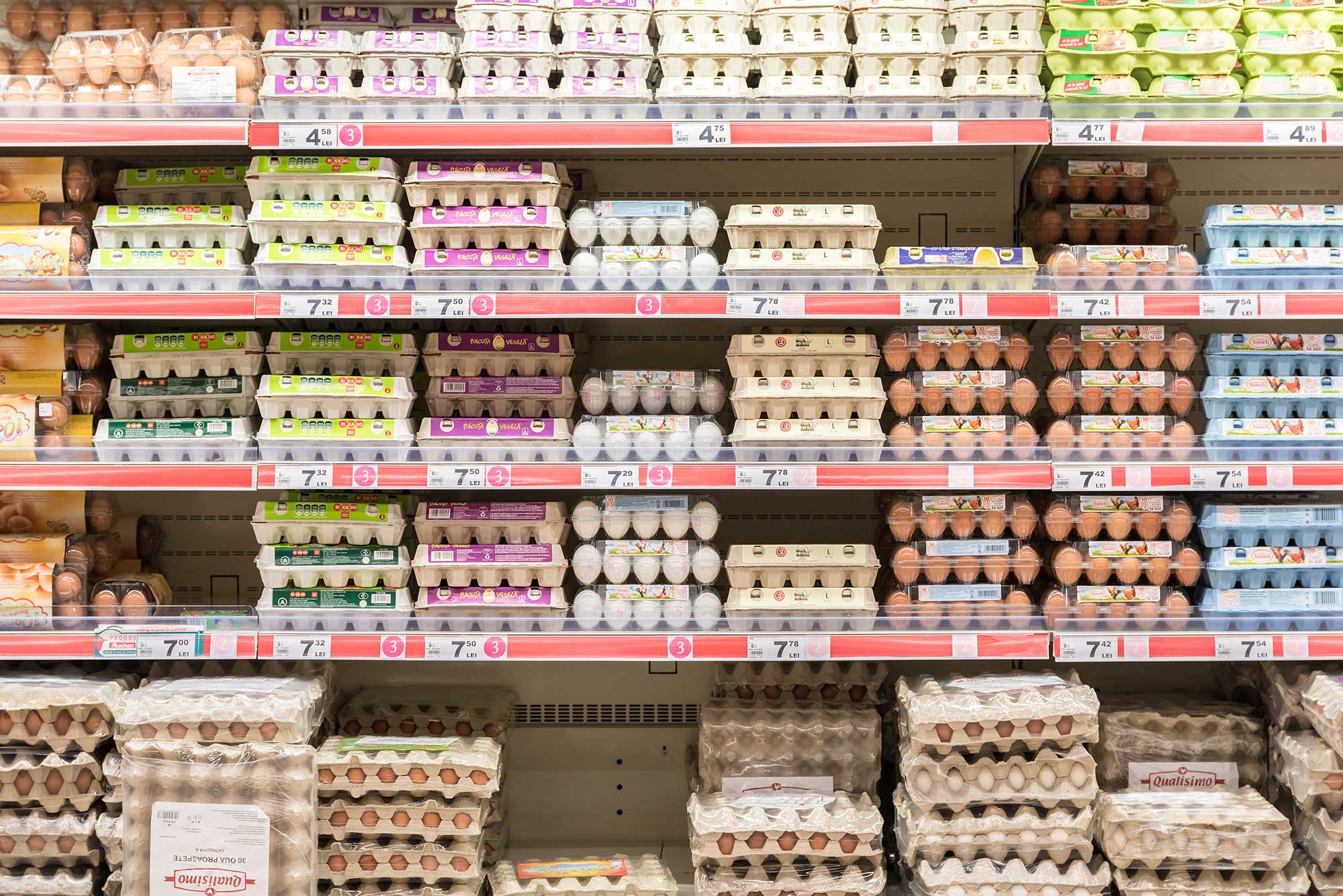The stakes are high as agriculture producers hope the incoming Trump administration remembers the support it got from rural America.
The New Year is upon us and with it comes a new presidential administration — one that will undoubtedly be compared to the term that began in 2017 with the same chief executive, President Donald Trump. By all accounts, the election of 2024 was a wild ride, to say the least, and agricultural stakeholders are now wondering what exactly is in store for the future.
As usual, the U.S. farm bill is high on the mind of producers. Last approved in 2018, the farm bill was once again extended in December with a $10 billion aid package to producers. But it’s only extended through March, and all involved hope to get a new five-year plan passed in 2025. That plan however will be born amid an unusual coalition of political partners including not only Trump, but billionaire tech industrialist Elon Musk, and the recently nominated Secretary of Health and Human Services Robert F. Kennedy Jr. Adding onto that is Project 2025, a proposal from the right-leaning Heritage Foundation think tank, that has numerous ideas for changing food and farming as we know it.
So what exactly are people and producers hoping to see moving forward?
Agriculture Wish List 2025
America’s heartland turned out for Trump in record numbers as he defeated incumbent Vice President Kamala Harris in a somersaulting election the likes of which no one has seen in decades. With that, rural America wants results on several fronts.
1. Assistance for falling farm incomes
In early December, the U.S. Department of Agriculture’s Economic Research Service released its 2024 Farm Sector Income Forecast to no surprised audience. After reaching record highs in 2022, farm sector income is forecast to fall in 2024 but at a slower rate than it did in 2023. According to the report, net farm income reached $181.9 billion in 2022, but decreased to $146.7 billion in 2023, representing a drop of $35.3 billion or 19.4 percent. It’s believed to fall to $140.7 billion in 2024, or a fall of another 4.1 percent. Granted, the report also observes that these measures are still above the inflation-adjusted 2004-2023 averages.

The good news from the report is that while total crop receipts are forecast to fall, total animal and animal product receipts are increasing at comparable rates. Spending on animal feed is expected to see the largest decline in 2024.
In terms of programming, the Biden administration wasn’t as horrible for agriculture producers as the election votes might indicate. The consensus of political punditry seems to be that social issues, immigration, and inflation were bigger drivers there. Producers hope Trump keeps this in mind going forward and keeps the good while fixing the bad.
2. Immigration and Farm Worker Programs
Speaking of social issues, the agriculture sector’s dependency on labor is well known. In a questionnaire issued by the American Farm Bureau Federation completed by both Trump and Harris during the campaign, Trump indicated he would favor a merit-based immigration system over the status quo.

Meanwhile, his oft-stated promise to initiate the largest deportation program in U.S. history has some producers a bit concerned. And more recently, the internal feud sparked with the Republican Party over H-1B program changes also has farm producers worried about the prospects of finding unskilled field workers.
3. Inflation
There’s no question that inflation has been on the minds of voters since the COVID-19 lockdown. This has been especially true when it comes to the price of food in the grocery store. One look at the U.S. Bureau of Labor Statistics shows that some products, such as eggs and ground beef, have been especially volatile.

The impact of inflation has likewise been problematic for producers due to higher interest rates at the bank and overall cost of equipment, whether leased or purchased. Meanwhile, crop prices aren’t keeping up with that.
4. Tariffs
And finally, the big one cometh. The agricultural community’s concern with Trump’s tariffs is real. During the campaign, Trump pledged to impose across-the-board tariffs of 20 percent on all U.S. imports, including a 60 percent tariff on Chinese goods and 25 percent for those coming from Canada and Mexico. These three nations also happen to be America’s largest buyers of agricultural products and the fear of retaliation has producers anxious. In 2018, when Trump added tariffs to steel and aluminum imports, nations including Canada, China, the European Union, India, Mexico, and Turkey, did in fact respond with retaliatory tariffs on U.S. agricultural products. The estimated U.S. export loss from 2018 to 2019 exceeded $27 billion, according to the USDA’s ERS.

This concern was articulated by the National Farmers Union in its letter to Trump after the election. The top three points mentioned in the letter include strengthening the Farm Safety Net, ensuring competitive markets, and minimizing the impact of trade war spawned by tariffs. The letter states, “Our members suffered significant losses due to the earlier trade dispute with China, and we lost valuable market share, particularly for soybeans, to competitors like Brazil.”
Regulatory Reform A Mixed Blessing
The selection of Kennedy to head the U.S. Department of Health and Human Services also has some farmers concerned, while others in the sector are lauding the decision. Kennedy has long been a critic of large-scale and modern agricultural methods and in speech after speech has promised to reverse 80 years of farm policy. Among his targets include glyphosate, neonicotinoids, atrazine, and high-fructose corn syrup.

How much influence Kennedy will have over the U.S. Department of Agriculture — assuming he’s confirmed to the Health and Human Services role — remains to be seen, but his intent is clear: Going into 2025, agricultural producers are hopeful that whatever reform takes place does so with their interests in mind.
So much of this really boils down to successful passage of an updated U.S. farm bill, now in its seventh year and dated for sure. America’s agriculture producers are hopeful the new administration remembers their support as it prepare for the future.
Brian Boyce is an award-winning writer living on a farm in west-central Indiana.



